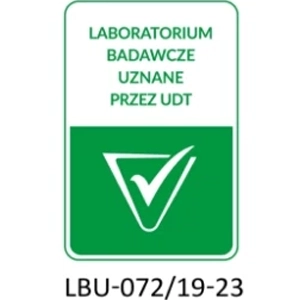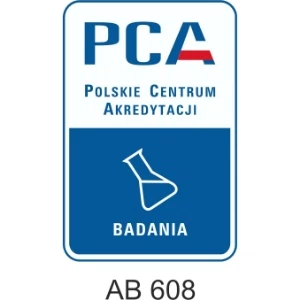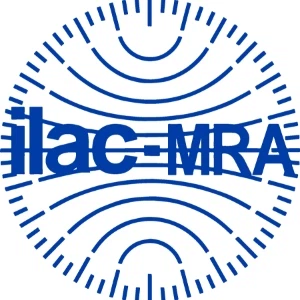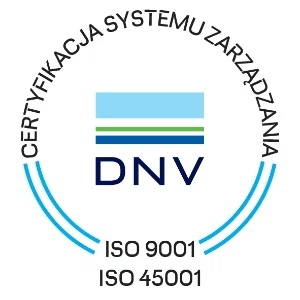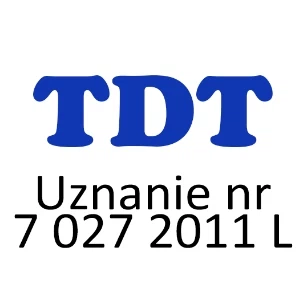Radiographic testing (RT)
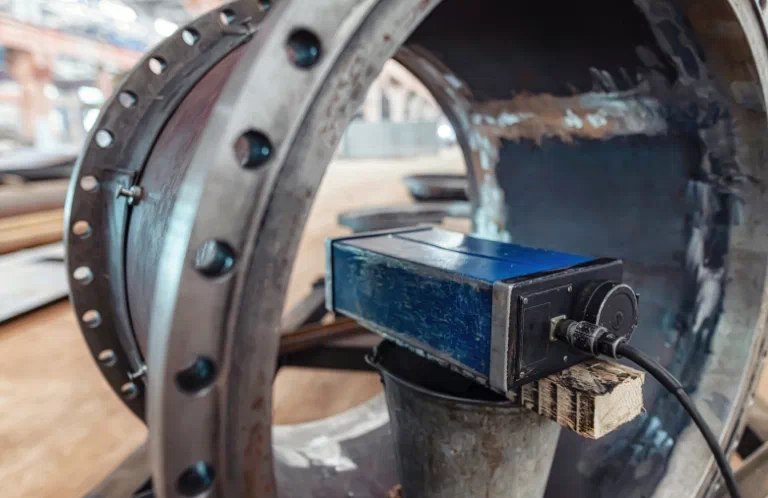
Radiographic testing is used to detect internal and subsurface discontinuities using X-rays or gamma rays. This method utilizes the ability of radiation to penetrate various materials. RT enables the detection of internal flaws such as cracks, porosity, inclusions, lack of fusion, and others.
RT is applied both during production and operation. It allows the detection of flaws in, among other things, welded joints, castings, and forgings.
Radiographic Testing
Radiographic testing involves the use of X-rays or gamma rays, which, as they pass through an object, leave an "imprint" of any discontinuities they encounter on a radiographic film or digital detector. This examination makes it possible to detect internal and subsurface flaws in the tested material. The method is based on the phenomenon of radiation absorption by the tested object. RT is a non-destructive testing technique applied to metals, their alloys, and non-metallic materials. The range of RT applications is extensive. It is used, among others, in:
-
power and gas industries – to assess the integrity of pipelines, tanks, and installation components;
-
food industry – for quality control of packaging and contamination detection;
-
automotive industry – for inspecting welds and castings;
-
shipbuilding industry – for evaluating welds, structural integrity, and construction quality;
-
chemical industry – for monitoring the condition of reactors and pipelines in corrosive environments;
-
petrochemical and other industries – for corrosion detection, wall thickness measurement, and quality control.
This technique also allows for determining the shape and size of any detected flaws.
We invite all interested parties to contact us!
What is radiographic testing?
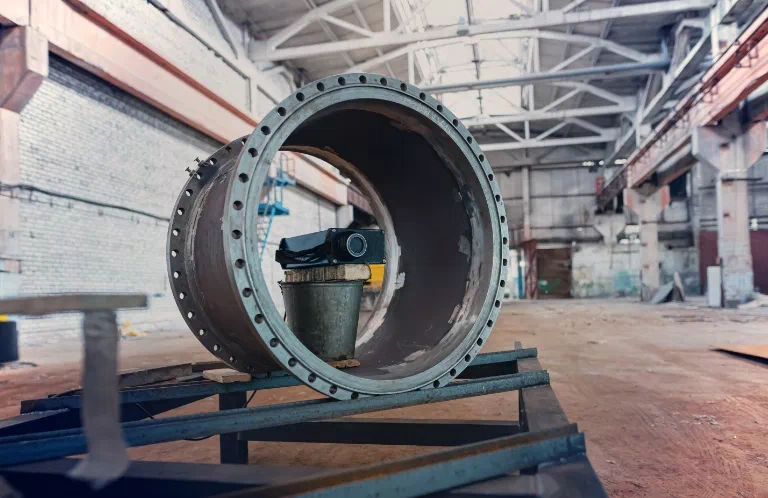
Radiographic testing is a non-destructive inspection method that uses X-ray or gamma radiation to penetrate materials in order to detect internal defects, structural changes, or inconsistencies. During the process, the radiation passes through the tested material and creates an image on a detector, which reflects the variations in radiation absorption across different areas of the material.
Similar to the use of X-rays in medicine, radiographic testing uses specialized X-ray machines or gamma ray sources to generate radiation. This radiation penetrates the tested material, and areas of lower density or lower radiation absorption (such as defects or inconsistencies) appear darker on the resulting image, while denser areas appear lighter.

